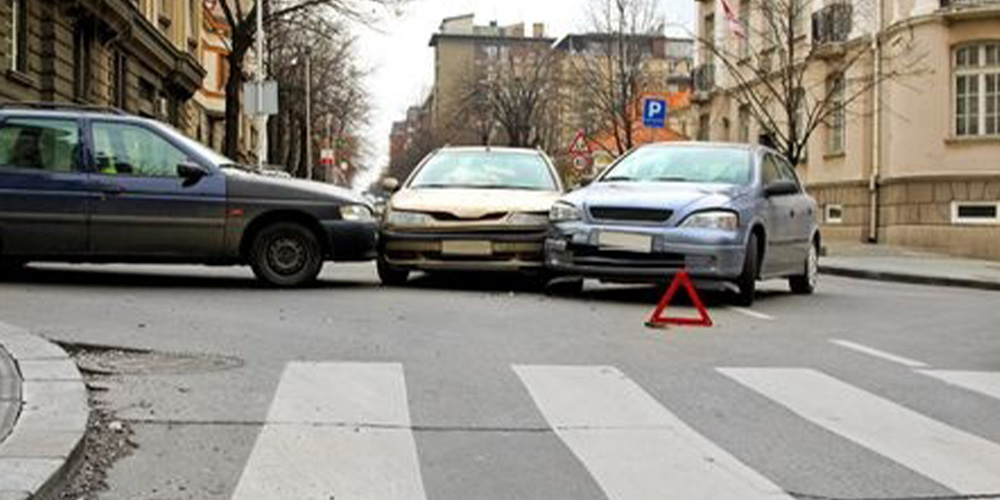
T-Bone Wrecks
According to the National Transportation Highway Safety Administration, t-bone wrecks, otherwise known as “side impacts,” account for nearly 15% of all car accidents in the United States, and 18% of all fatal auto collisions. In a side-impact collision, the only thing separating the victim and the on-coming vehicle is glass and a thin door. These types of collisions can be even more dangerous than a head-on impact.
If you or a loved one have been injured in a t-bone or side-impact collision, our experienced team will get to work right away to make sure there are no questions about who the culprit really is. Instead of going several rounds with the insurance company, know that we will take on the heavy lifting to get you justly compensated.
The Complex Nature of T-Bone Collisions
The most common cause of a t-bone wreck is the failure to yield the right-of-way. Failure to follow traffic signals or signs, use a proper turn signal, or simply being distracted while driving can quickly turn a seemingly harmful choice into a serious collision. Whether the collision involves small cars or a large commercial truck, the tendency of these collisions to strike the “sweet spot” of a vehicle where it is most vulnerable is what often leads to more serious injuries. Cars can literally collapse into a “v” when hit in the side. And we have all seen horrendous videos of vehicles flipping end over end from a side impact.
Proof of fault for t-bone / side-impact collisions can also be the most difficult. Compare a t-bone wreck to a rear-end collision. Most of the time, the fault for a rear-end collision is clear – the person in the rear position. However, in a t-bone wreck, it’s not so simple. Another car can pull into your path and cause you to t-bone them. Are you at fault, even though you hit them? Of course not. But that’s how the scene may appear to the untrained eye. And that’s definitely how the insurance company will play it in their minds and to a jury. This kind of wreck requires experience, an expert investigation, witness and evidence gathering, and hard work from the very beginning.
